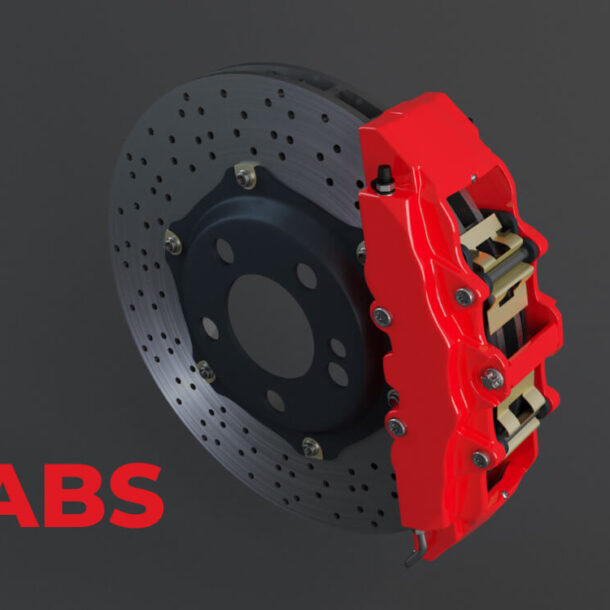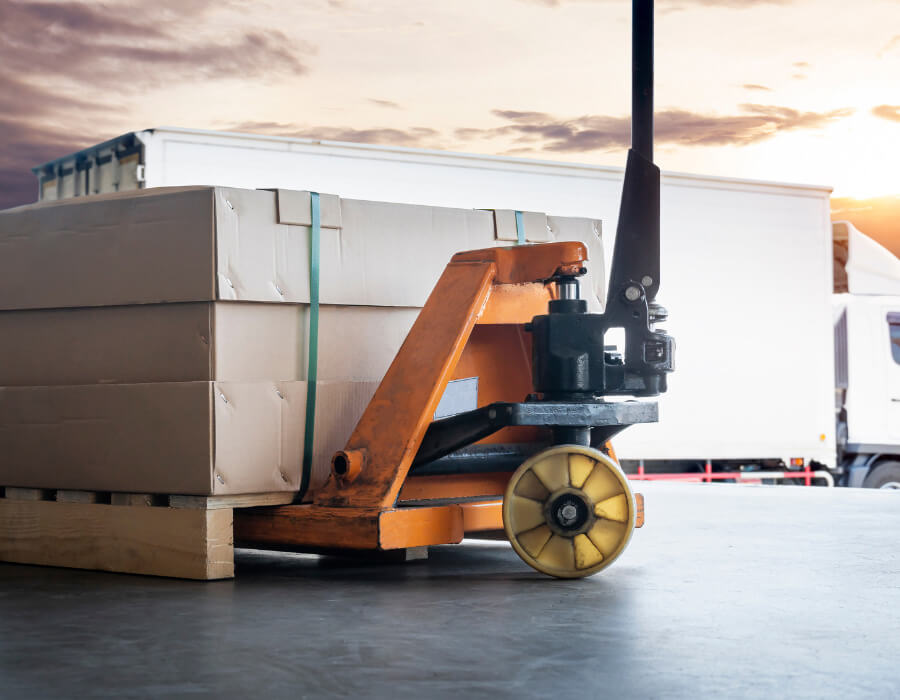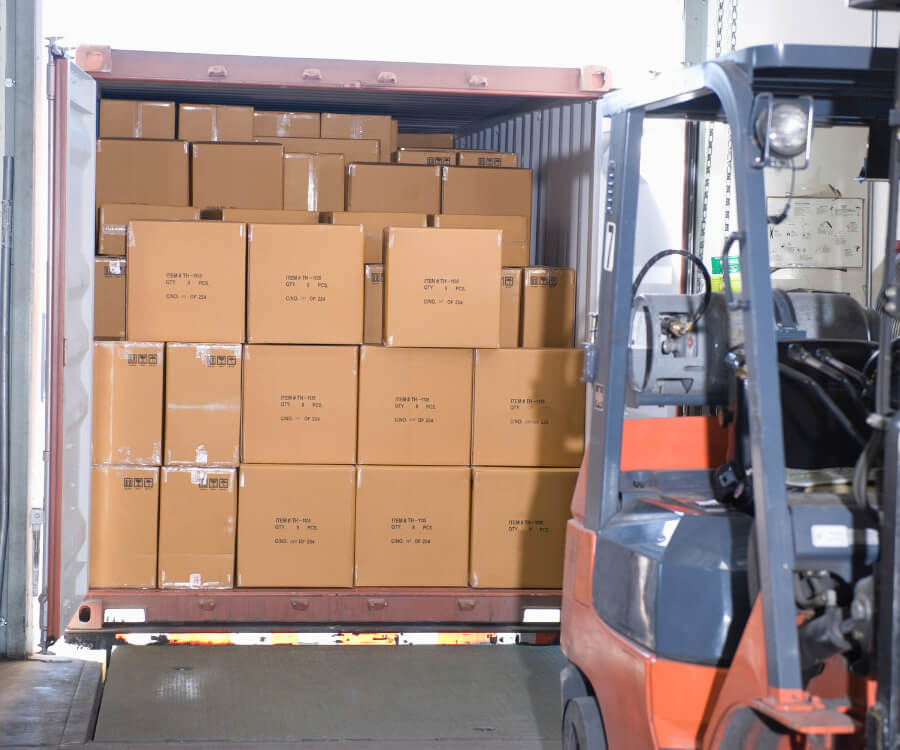

Real-time temperature monitoring is a critical aspect of fleet management. It involves the use of advanced technology to continuously monitor the temperature of goods being transported in a fleet, ensuring that they remain within a safe temperature range. This is particularly important for temperature-sensitive goods, such as pharmaceuticals, perishable food items, and chemicals, as they can become damaged or even unsafe if exposed to extreme temperatures.
The benefits of real-time temperature monitoring in fleet management are numerous. Firstly, it helps to ensure the safety of drivers and cargo. By continuously monitoring the temperature of goods, fleet managers can quickly identify and address any issues that could potentially compromise the safety of the cargo or the driver. For example, if the temperature of a refrigerated truck carrying perishable food items rises above a certain level, an alarm can be triggered, notifying the driver to take immediate action to address the problem.

In addition, real-time temperature monitoring helps to reduce costs associated with spoilage or damage of temperature-sensitive goods. If a shipment of perishable food items or pharmaceuticals is exposed to extreme temperatures, it can become spoiled or even unsafe for consumption. This can result in significant financial losses for the company, as well as damage to its reputation. By continuously monitoring the temperature of goods, fleet managers can ensure that they are delivered in optimal condition, reducing the risk of spoilage or damage and minimizing costs associated with returns or replacement of goods.
Real-time temperature monitoring also helps to improve efficiency in fleet management operations. By providing real-time information on the temperature of goods, fleet managers can optimize their routes, reduce unnecessary stops, and ensure that shipments are delivered on time. This can help to improve customer satisfaction and loyalty, as customers are more likely to choose a company that can reliably deliver their goods in optimal condition.
Furthermore, real-time temperature monitoring technologies can be used to enhance customer service by providing customers with real-time updates on the temperature of their shipments. This can help to build trust and confidence in the company, and ultimately lead to increased business.
Real-time temperature monitoring is critical for fleet management because it enables companies to maintain the quality and safety of their goods while in transit. In industries where the temperature of the cargo is crucial, such as food and beverage, pharmaceuticals, and chemicals, even a slight variation in temperature can lead to spoilage, damage, or even product recalls.
Real-time temperature monitoring helps companies ensure that their cargo remains within the optimal temperature range throughout the entire journey, from the time it leaves the warehouse until it reaches its final destination. This not only ensures that the goods arrive in good condition, but it also helps companies avoid costly losses due to spoilage or damage.
Industries that require temperature monitoring for their fleets include:
In addition to these industries, other sectors such as healthcare, biotech, and electronics also require temperature-controlled transportation to maintain the quality and safety of their products.
Real-time temperature monitoring offers several benefits for fleet management. Some of the key benefits include increased safety for drivers and cargo, reduced costs associated with spoilage or damage of temperature-sensitive goods, improved efficiency in operations, and enhanced customer satisfaction and loyalty.
Real-time temperature monitoring helps ensure the safety of drivers and cargo by providing real-time information on the temperature inside the vehicle. This information can help drivers take appropriate measures to ensure that the cargo remains within the optimal temperature range throughout the journey, thus preventing spoilage, damage, or even accidents.
In addition, real-time temperature monitoring can also help companies comply with safety regulations and avoid penalties or legal liabilities associated with non-compliance. For example, in the food and beverage industry, companies must comply with regulations such as the Food Safety Modernization Act (FSMA) and the Hazard Analysis and Critical Control Points (HACCP) to ensure the safety of their products. Real-time temperature monitoring can help companies comply with these regulations by providing them with accurate and timely temperature data.
One of the most significant benefits of real-time temperature monitoring is its ability to reduce costs associated with spoilage or damage of temperature-sensitive goods. When products are transported under inappropriate temperature conditions, they can spoil, degrade, or become damaged, resulting in significant financial losses for the company.
Real-time temperature monitoring can help prevent such losses by providing companies with real-time data on the temperature inside the vehicle. This data can help companies take immediate corrective actions if the temperature falls outside the optimal range, thus preventing spoilage or damage. By reducing losses due to spoilage or damage, companies can save significant amounts of money and improve their profitability.
Real-time temperature monitoring can also help improve the efficiency of fleet operations. By providing companies with real-time data on the temperature inside the vehicle, companies can optimize their routes and schedules to ensure that the cargo reaches its destination in the most efficient manner possible. This can help reduce transportation costs, improve delivery times, and enhance overall operational efficiency.
In addition, real-time temperature monitoring can also help companies streamline their inventory management processes. By providing real-time data on the temperature of the cargo, companies can better manage their inventory levels, reduce waste, and improve overall supply chain visibility.
Real-time temperature monitoring can also help companies enhance customer satisfaction and loyalty. Customers in industries such as food and beverage, pharmaceuticals, and chemicals expect their products to arrive at their destination in optimal condition. Real-time temperature monitoring can help ensure that these expectations are met, thus improving customer satisfaction and loyalty.
In addition, real-time temperature monitoring can also help companies identify and resolve issues proactively, before they affect the quality of the products. By addressing issues promptly, companies can avoid customer complaints and enhance their reputation for quality and reliability.
Positrace, real-time temperature monitoring offers several benefits for fleet management. It can help improve the safety of drivers and cargo, reduce costs associated with spoilage or damage of temperature-sensitive goods, improve operational efficiency, and enhance customer satisfaction and loyalty. Companies that transport temperature-sensitive goods must invest in Positrace’s temperature monitoring solutions to ensure that their products arrive at their destination in optimal condition and to reap the benefits of real-time temperature monitoring


There are several types of temperature monitoring technologies available in the market, each with its own features and functionalities. Some of the most common types of temperature monitoring technologies are:


Implementing real-time temperature monitoring in fleet management can be a challenging task, but it is crucial for ensuring the safety and quality of temperature-sensitive deliveries. Here are some best practices for implementing temperature monitoring in fleet management and common challenges to overcome:
The first step in implementing real-time temperature monitoring is to choose the right temperature monitoring solution. There are various options available in the market, including temperature trackers, real-time temperature monitoring systems, and trailer temperature monitoring systems. It is essential to select a solution that meets your specific needs and requirements.
Once you have selected the right temperature monitoring solution, it is essential to ensure proper installation and calibration. Improper installation or calibration can lead to inaccurate temperature readings and compromise the quality and safety of the cargo. It is crucial to follow the manufacturer’s instructions and guidelines to ensure proper installation and calibration.
It is essential to train drivers and staff on how to use the temperature monitoring solution effectively. This includes educating them on the importance of temperature monitoring, how to interpret temperature readings, and how to take corrective action if the temperature falls outside the optimal range.
Real-time temperature monitoring generates a significant amount of data, which can provide valuable insights into the performance of the temperature monitoring solution and the quality and safety of the cargo. It is essential to monitor and analyze this data to identify any issues or areas for improvement.
Common challenges that may arise when implementing real-time temperature monitoring include technical difficulties, data management issues, and resistance from staff. However, these challenges can be overcome with proper planning, training, and communication.
By implementing real-time temperature monitoring, companies can ensure the safety and quality of temperature-sensitive deliveries and improve their operational efficiency. According to a report by MarketsandMarkets, the market for temperature monitoring solutions is expected to grow from USD 4.5 billion in 2020 to USD 5.4 billion by 2025, at a CAGR of 3.9% during the forecast period. Proper implementation of real-time temperature monitoring can help companies stay ahead of the competition and meet the growing demand for temperature-sensitive deliveries.
PosiTrace’s temperature monitoring system allows you to track and monitor the temperature of your cargo in real-time, ensuring that it remains within the required temperature range for temperature-sensitive deliveries. It provides alerts if temperatures go outside the set limits, allowing you to take corrective measures and maintain the quality of your products.
Industries such as agriculture, the cold food chain, pharmaceuticals, and chemicals can benefit from PosiTrace’s temperature monitoring system for temperature-sensitive deliveries.
Yes, PosiTrace’s trailer temperature monitoring system can store temperature data for up to three years, enabling you to access it whenever required and ensuring compliance with regulatory requirements.